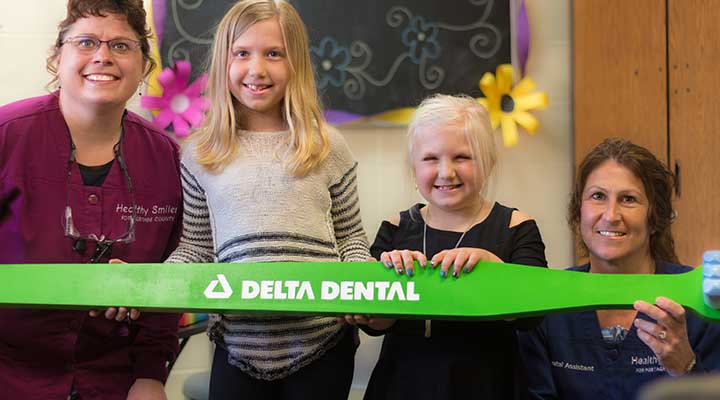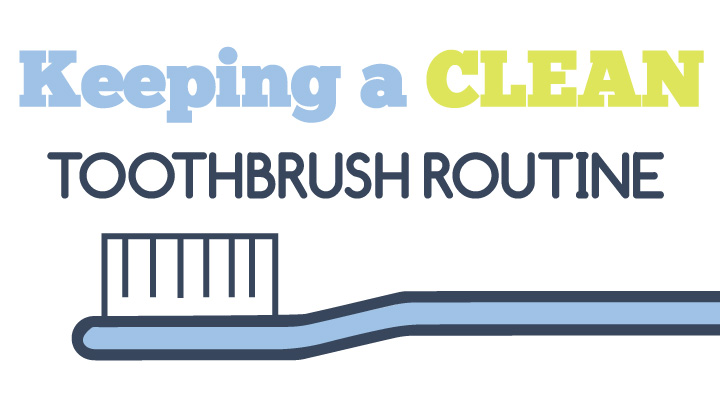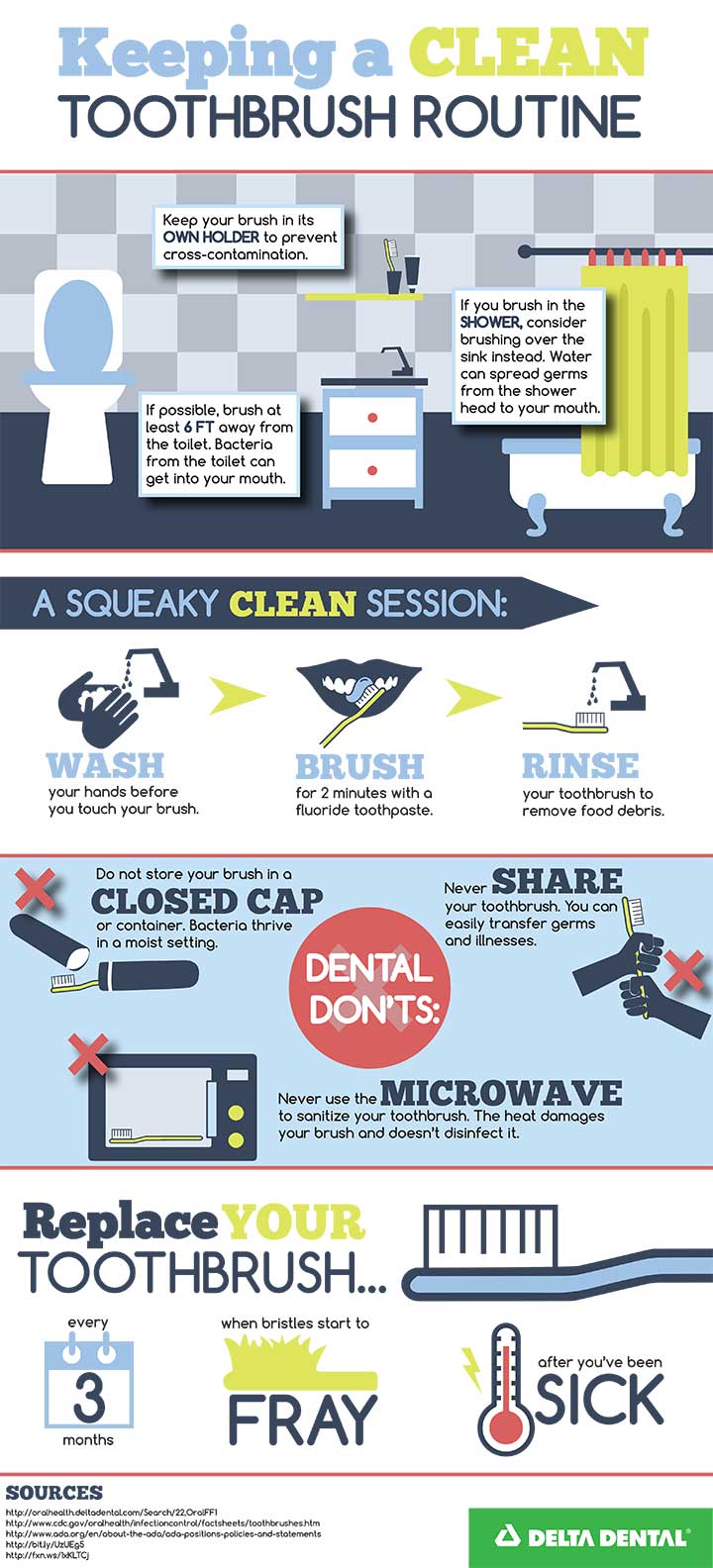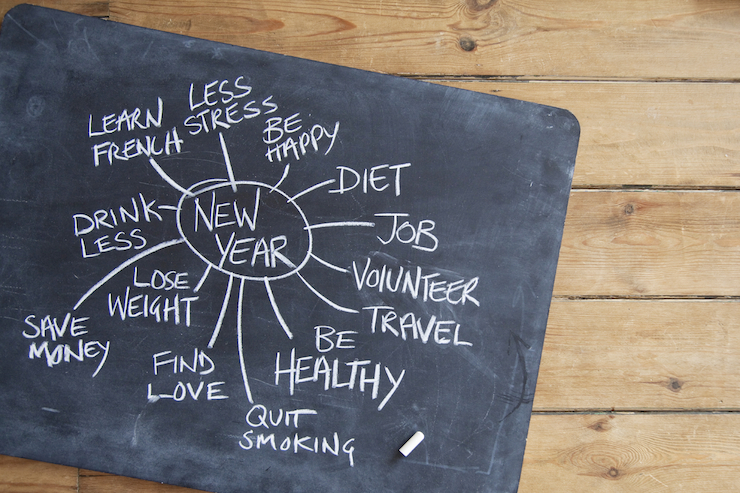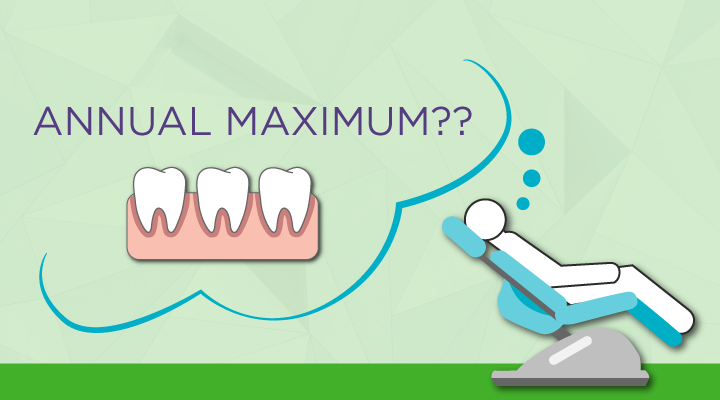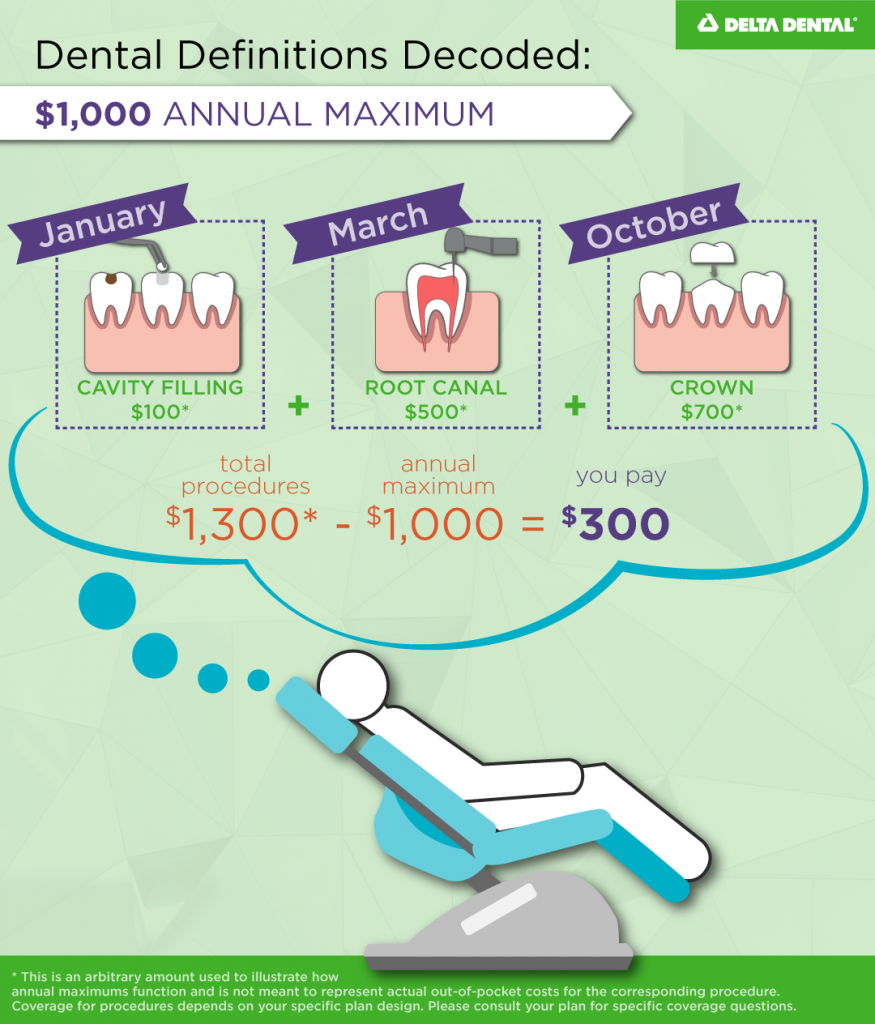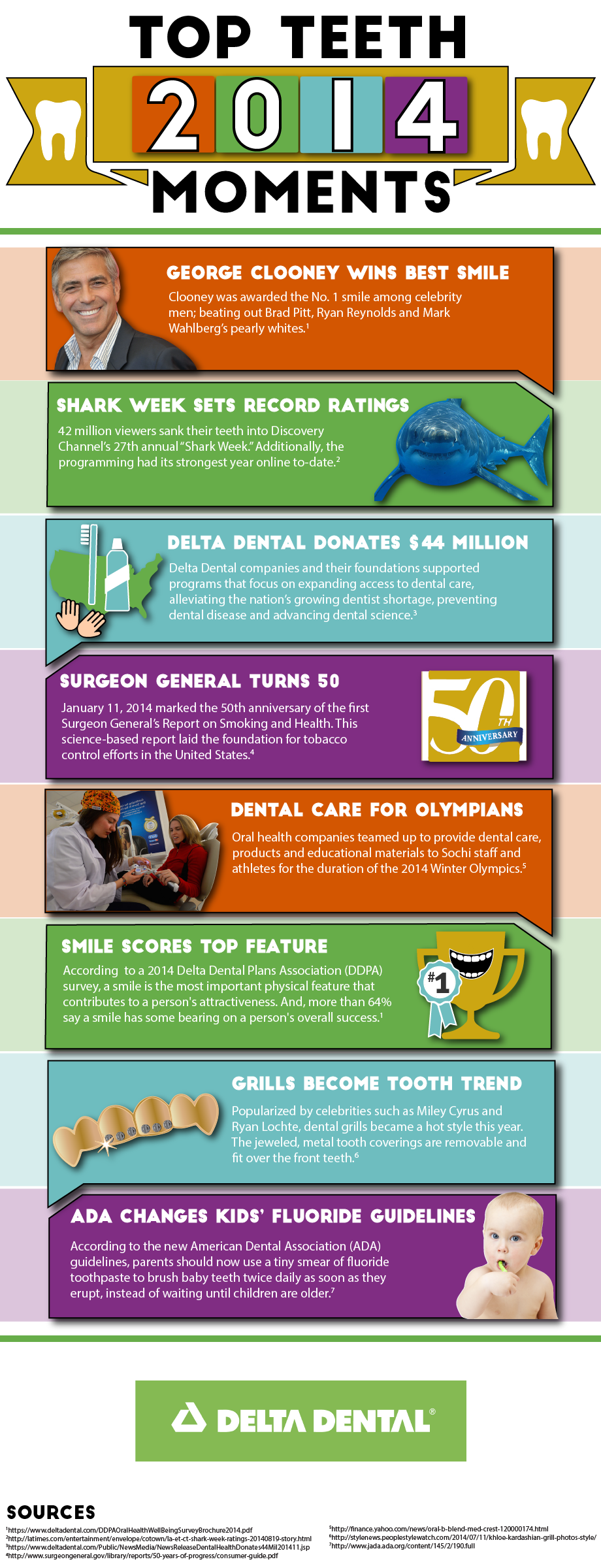The holidays are over, but the chilly winter weather is still going strong. Sledding, skating, and building snowmen are among the most enjoyable winter hobbies. While winter can bring grins, the frigid temps tend to trigger mouth problems.
Here’s how to deal with common winter tooth troubles:
Tooth Sensitivity: Sensitive teeth are common during the chillier months. The problem is usually due to exposed dentin, making teeth more vulnerable to pain. Winter staples such as hot drinks and cold air can further aggravate tender teeth.
Try This: If you’re craving a hot (or cold) beverage, enjoy it through a straw to minimize contact with your teeth. Call your dentist if your tooth sensitivity continues.
Dry Mouth: Winter seems to be the season we all come down with colds. When you have a cold, your nose is stuffed up, forcing you to breathe through your mouth. Excessive mouth breathing creates a dry mouth that can increase your chance of developing dental decay and other mouth infections.
Try This: Drink water regularly and chew sugarless gum to keep your mouth moist. You should also try limiting your caffeine intake. Caffeine is a diuretic, causing the body to lose water and thus contributing to dry mouth. If you experience dry mouth year-round, make an appointment with your dentist.
Lack of Vitamin D: Extreme temperatures can keep us stuck inside. With less outdoor time, you’re decreasing your daily dose of vitamin D. Vitamin D plays a crucial role in keeping your teeth and bones healthy. Exposure to sunlight enables the body to produce vitamin D.
Try This: If the dreary winter weather is hindering your natural dose of vitamin D, try snacking on fortified cereals and fatty fish. Both are excellent sources of this important nutrient.



